Photo

The childhood homes of Hunter S Thompson and more of our favorite authors
93 notes
·
View notes
Photo
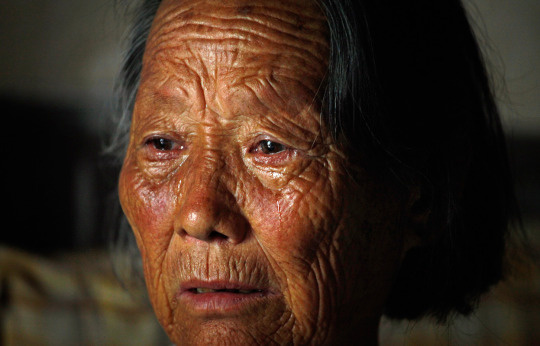
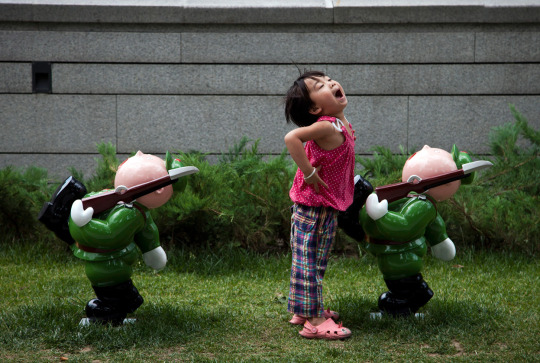
In Focus: Scenes From 21st-Century China
Top: Wang Jinxiang, mother of blind Chinese activist Chen Guangcheng, cries as she talks about her son at their home in the village of Dongshigu in Shandong Province, located 600 km (370 miles) southeast of Beijing, on June 9, 2012.
Bottom: A child plays between two cartoon military statues on display outside a shopping mall in Beijing, on June 14, 2012.
See more. [Images: Reuters, AP]
57 notes
·
View notes
Photo



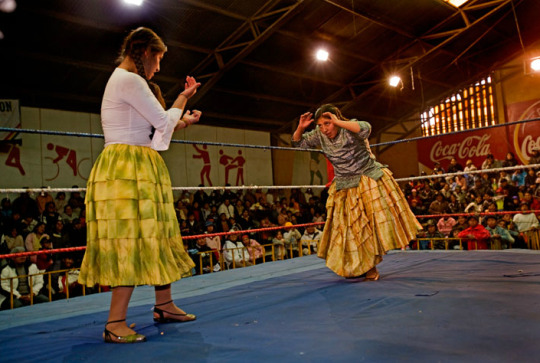
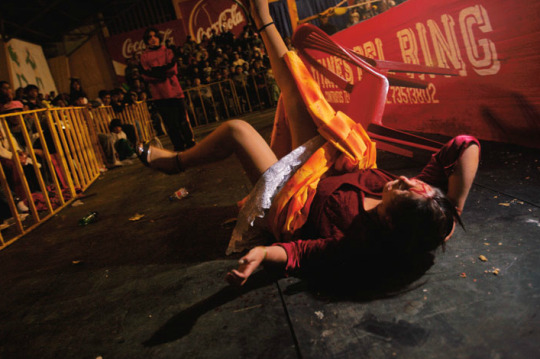


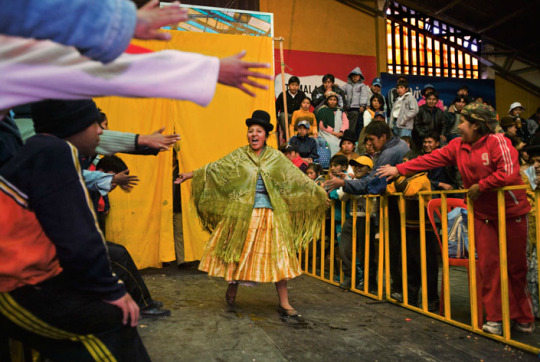
Cholitas Luchadores: Bolivias Female Wrestlers.
The fighting cholitas see themselves as symbols of strength: Their opponents include bigotry and sexism. “My goal,” says one fighter, “is to lift up indigenous women, who have been treated with contempt.”
“We fighters carry within us a kind of fire that nothing can quench.”
8K notes
·
View notes
Quote
Just type out everything you want to say, then remove all the "fucks" and "bitches"
Advice from my boyfriend on composing an email to a publication regarding payment for a story that is past due
8 notes
·
View notes
Link
A Venezuelan man, Carlos Camejo, was declared dead after a highway accident in 2007. Before his wife could arrive to identify the body, medical examiners began an autopsy. They cut into his face, and were surprised as fresh blood poured out. They quickly started sewing the incision, and Camejo...
29 notes
·
View notes
Photo
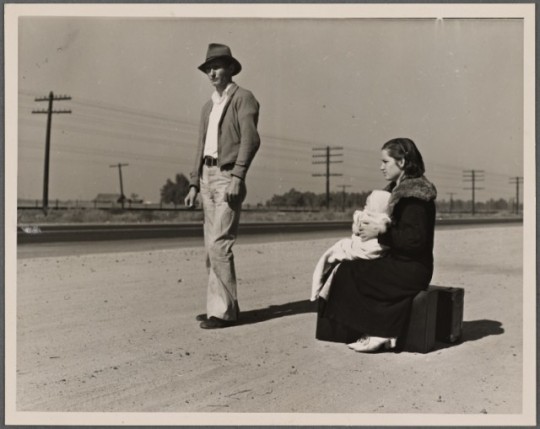
New York Public Library Posts Collection of 1,000 Long Lost Depression-Era Photos
287 notes
·
View notes
Text
Tip for modern adulterers: If you’re planning to cheat on your wife of 10 years by awkwardly hitting on the model seated next to you on your flight out of Los Angeles, make sure she isn’t live-tweeting the entire miserable experience to her 13,000 followers;











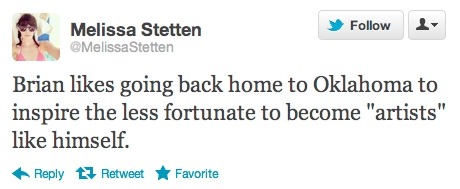









114K notes
·
View notes
Photo

If you’re feeling too good about the world, consider this: There are more than six million people under “correctional supervision” in the US, and more than 2.5 million people in prison—there are about as many people behind bars as there are in all of Chicago. Not surprisingly, there are all kinds of subcultures and customs that uncaged people like you or me have never heard of, not even if you’ve watched every episode of Oz. One of these subcultures is the making of “click clicks,” which are photos of inmates in front of hand-painted backdrops that are sent to friends and family on the outside. The backdrops and photos are all created by prisoners, and though the resulting images are intended just for personal communication, they’ve got the odd, off-kilter but striking look of the outsider art at its best. David Adler, an artist, critic, and documentary maker who occasionally teaches in prisons, came across click clicks some time ago and became fascinated by them, collecting hundreds of them from inmates all over the country. He’s turned a few of them into an installation on display at Clocktower Gallery in Manhattan this summer (the gallery happens to be on the top floor of a city court, ironically), and after taking a look at them I called David to learn more.
VICE: Hi David. So how did you come across these images when you were teaching at the prison you were teaching at?
David Adler: In the visiting room there are all these murals that prisoners can choose from to be photographed in front of, and I asked the warden about them, and he said, “That’s not one of our art programs. That’s just a service we offer for prisoners.” I just thought it was something they do at that particular prison. Later, I was at a party with a lot of filmmakers and also a lot of prison activists, and at this party was a prison priest, who said, “It’s not just at your prison. It’s at every single prison in New York state. It’s called the ‘click-click program.’ But they like to play it down.” When I called New York state prison publicists, they said, “There’s no ‘click click program.’” But there is! It’s just a part of prison culture. Federal prisons, state prisons—it’s all across the country. I thought, “Wow. This is a huge subculture.” I like the fact that no one prompts the prisoners to do this, they make click clicks on their own.
Is an official program, or is it just something that they let the prisoners do?
It varies by state. I think it’s classified more as a service. It’s just part of prison life. It’s so unremarkable to anyone in prison that they could not believe that I’d be talking about it. But it’s so remarkable to people outside of prison, that I can’t believe more people aren’t talking about it. I was really interested that there was this alternative art system out there. Moving beyond the sociology of it, I actually consider the images to be art. Overall, I think what you’ll find is that what’s unsettling to people is that the prisoners do not look menacing. When I showed the images to people, they were expecting really menacing, Annie Lebowitz-type photos of someone glaring at the camera with pain in their eyes.
But of course they want to smile and look good for the camera like pretty much everyone else. Some of them do look beaten down though.
They are. There is a sadness to it. Part of the sadness is that they’re trying not to look menacing but look middle-class. A lot of the images feature backgrounds that are tokens of middle-class life, like beach scenes that the inmates will never ever have access to. They’re just trying to keep it together.
It’s like looking at family portraits of families that are falling apart. They want to look good in a photo at least.
Exactly. Whereas outsiders would want to see the pathos of their worse times, this is how they’d like to be perceived.
Continue
123 notes
·
View notes
Quote
I remember going to a party in New York about 35 years ago. They all called me Buck Rogers and Flash Gordon. I said, “You, ma’am, your name and phone number? And you, sir, your phone number? And you, sir?” And they said, “Why are you taking our phone numbers?” I said, “Because the night we land on the moon, you’re going to get called.” I was in London when we did. I called three of them, and when they answered I said, “Stupid son of a bitch,” and hung up.
Ray Bradbury, to Newsweek, Nov 12, 1995. We’re totally going to borrow this page from the Book of Bradbury. (via newsweek)
1K notes
·
View notes
Quote
I commenced to examine his head (as no wound near the shoulder was found) and soon passed my fingers over a large firm clot of blood situated about one inch below the superior curved line of the occipital bone. The coagula I easily removed and passed the little finger of my left hand through the perfectly smooth opening made by the ball.
Charles Leale, the first doctor to reach Abraham Lincoln after he was shot; Leale’s medical report was uncovered at the Archives last month. (via washingtonpoststyle)
14 notes
·
View notes
Quote
The horror of great darkness, and the sense of desertion by God and man, bordering close on despair, which swept through my mind and overwhelmed my heart, I can never forget, however gladly I would do so. During the operation, in spite of the pain it occasioned, my senses were preternaturally acute, as I have been told they generally are in patients in such circumstances. I still recall with unwelcome vividness the spreading out of the instruments: the twisting of the tourniquet: the first incision: the fingering of the sawed bone: the sponge pressed on the flap: the tying of the blood-vessels: the stitching of the skin: the bloody dismembered limb lying on the floor.
George Wilson, recounting his 1843 ankle amputation at the hands of a master surgeon. Many in his time did not have that privilege. But the speed and macabre artistry of early surgery is an amazing tidbit of history.
You simply must read Two Hundred Years of Surgery in the New England Journal of Medicine. But first, bite down on this …
(via jtotheizzoe)
99 notes
·
View notes
Link
“My boyfriend, let’s call him Eli, fights for the Union Army. Sometimes Confederate, but mostly Union. He uses the excuse “I don’t have enough ammunition” as a reason for not going away for a weekend, and he once gave me a piece of hardtack, saying “Something to remember me by — it’ll last longer than I will.” Yep, dude’s a Civil War reenactor.”
Over at The Hairpin, what it’s like to have a real life Daguerreotype Boyfriend.
117 notes
·
View notes
Quote
Clad almost in rags, covered with dust, riding wildly, pell-mell down the hill toward our home! Shouting, yelling most unearthly, cursing, brandishing their revolvers, and firing right and left.
Tillie Pierce, a fourteen-year-old, recalls when the Confederate “rebels” came to Gettysburg (via historical-nonfiction)
51 notes
·
View notes
Quote
I was very unwilling to give up my belief;—I feel sure of this for I can well remember often and often inventing day-dreams of old letters between distinguished Romans and manuscripts being discovered at Pompeii or elsewhere which confirmed in the most striking manner all that was written in the Gospels. But I found it more and more difficult, with free scope given to my imaginaion, to invent evidence which would suffice to convince me. Thus disbelief crept over me at a very slow rate, but was at last complete. The rate was so slow that I felt no distress, and have never since doubted even for a single second that my conclusion was correct. I can indeed hardly see how anyone ought to wish Christianity to be true; for if so the plain language of the text seems to show that the men who do not believe, and this would include my Father, Brother and almost all my best friends, will be everlastingly punished.
And this is a damnable doctrine
Charles Darwin, Autobiography (via philphys)
132 notes
·
View notes
Photo
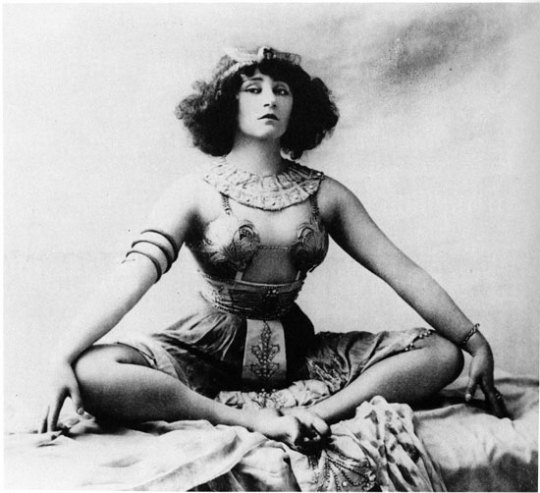
Ah, Colette. One of the most influential French authors of her time, she wrote about (and acted out) sexuality in a time that was tres taboo. After the divorce of her first husband, she found notoriety as a music hall dancer, where she performed some very suggestive dances with her lover, the Marquise de Belbeuf, nearly causing a riot.
After she married her second husband, she started a very publicized and scandalous affair with her husband’s son from a previous marriage, which eventually caused the end of that marriage.
Her third and final husband was Maurice Goudeket, a Jewish man whom she financially supported and hid during the Nazi occupation in Paris. After the war, she wrote her most famous book, Gigi in 1945, which became a hit movie in 1949.
2K notes
·
View notes
Photo


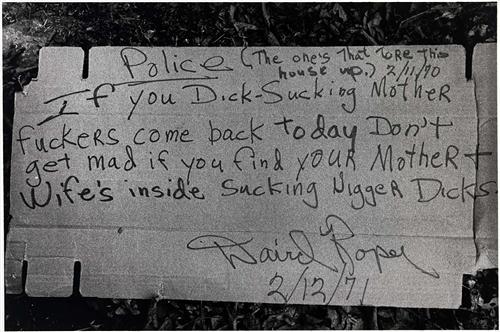
“Tulsa – An Essay by Larry Clark” (1971)
I was born in Tulsa, Oklahoma in January 1943. When I was 16 I started shooting valo. Valo was a nasel inhaler you could buy at the drugstore for a dollar with a tremendous amount of amphetamine in it. We would work up a shot and shoot it. I shot with my friends everyday through high school. When I was eighteen I left Tulsa and went to art school and studied photography. In 1963 I went back to Tulsa and shot valo and took pictures for a few months. Then I went to New York City to become a magazine photographer but I was drafted so I did two years in the army.
All my friends back in Tulsa were into burglary and armed robbery and did time in the penitentiary. Also my younger sister was now shooting. I went back two or three times and in 1968 I spent the summer with my friends and did pictures and 16mm film and tape recordings. I didn’t do many pictures because there was so much dope around. We had more than you could shoot. We lived in an apartment with some girls who were prostitutes and then had some tricks who were doctors so we had everything from liquid amphetamine to morphine pharmaceutical. The police were hot on everybody and busted the door down a few times. I was arrested for weed in one bust and the police took my camera and film and recorder and tape. I got the recorder and camera back a year later abut they still have some film and tape. During that visit one of my friends got ten years and Billy had to leave town and everything was breaking and the girls had to leave town too. I didn’t think I’d ever go back there again. I went back to New York for a year but nothing was happening and I was doing hard dope for awhile so I went to North Carolina and stayed with a girl who was a painter there. We went to New Mexico in the summer and I got with another girl and live there. My sister came through town from Tulsa, f-cked on speed with her outlaw husband and told me Tulsa was shaking with my two oldest friends back in action. I went down for a few days and Billy overdosed on morphine and died. My other pal Ripper was longhaired and crazy after that dope. I left but went back right away in January 1971 and did photographs. I’m back and I’m skuffeling to write something to go with the pictures. I’m making the final prints now in my New York pal Ralph Gibson’s studio and his Lustrum Press with publish it in the fall.
Larry Clark, April, 1971
134 notes
·
View notes
Photo
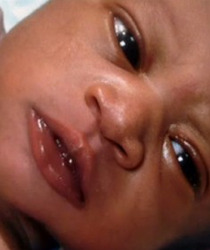
Ohio residents Jennifer and Jason Schiraldi went to a fertility clinic and were told there was no sperm in Jason’s semen sample. The news hit him hard: “It was as if somebody punched me in the chest.” But the couple didn’t give up. At the Cleveland Clinic’s in vitro fertility lab, doctors performed a special operation on Jason to search for sperm, and after several hours, they found a single, lonely sperm. (A typical sample contains 60 million.) The lone sperm had to be frozen, then thawed, and it took three cycles for Jennifer to produce a viable egg.
With 1-in-60-million odds, the couple’s daughter was conceived. Kenley is now one year old.
6 miracle babies who beat the odds
47 notes
·
View notes